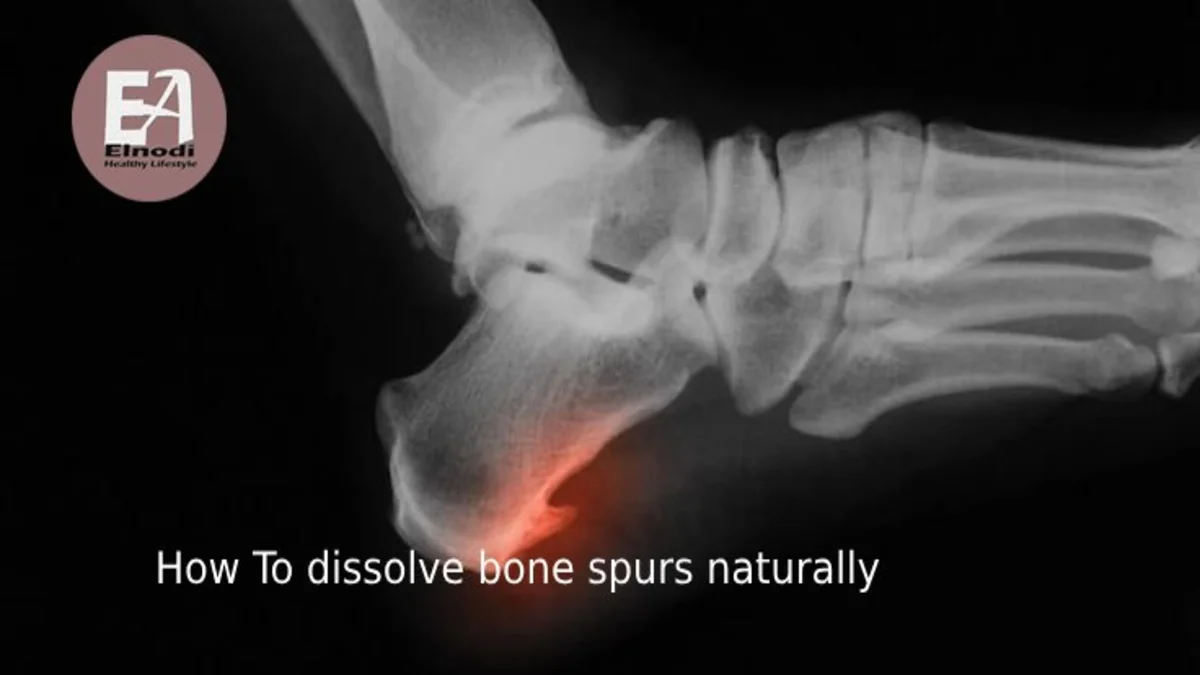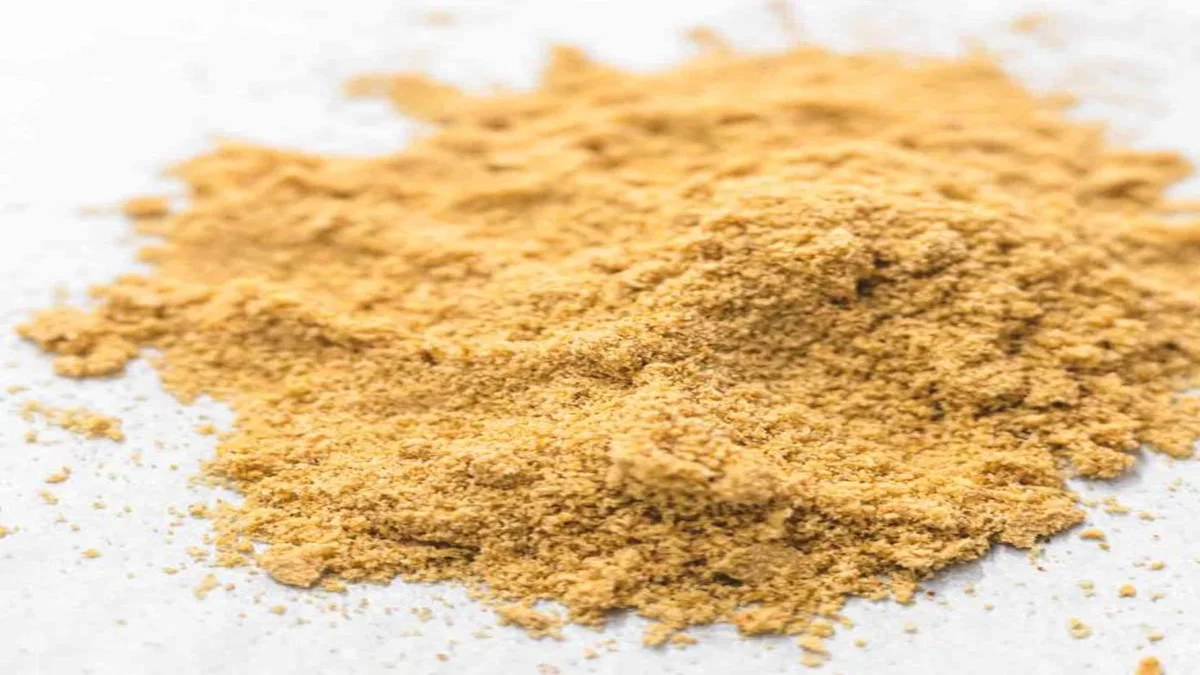Looking for how To dissolve bone spurs naturally? This comprehensive guide provides you with effective methods and tips to manage and treat bone spurs naturally.
Bone spurs, also known as osteophytes, are bony growths that develop on the edges of bones. They can cause pain, swelling, and limited mobility. While they are often associated with aging and arthritis, bone spurs can also result from injury or excessive stress on the joints.
Bone Spurs Explained
Bone spurs, also known as osteophytes, are tiny abnormal bony outgrowths that develop along the edges of bones, particularly at joints.
While these growths are typically not painful, they may cause discomfort if they come into contact with nerves, ligaments, or surrounding tissues.
Bone spurs commonly affect various areas of the body.
Bone spurs may appear throughout the body, often near joints where bones connect or where ligaments and tendons join the bone.
The primary areas where they most commonly develop are:
- Neck
- Shoulders
- Elbows
- Spine
- Hips
- Knees
- Heels
Bone Spurs Causes
Bone spurs commonly result from joint degeneration, like osteoarthritis, or bone trauma.
Additional contributing factors are outlined further.
- Aging
- Prolonged tension on ligaments and tendons
- Genetic factors
- Poor body posture and mechanics
- Joint pressure increases as a result of excess weight.
Bone Spurs Symptoms
Bone spurs may not always result in symptoms, but if they do, the symptoms may include the following.
- Joint pain
- Redness and swelling
- Restricted range of motion
- A compressed nerve can cause either numbness or tingling.
How to dissolve bone spurs naturally?
While there are no guaranteed natural solutions to dissolve bone spurs, some approaches could help alleviate symptoms and boost general joint well-being.
1. Cold compresses are beneficial

Using a cold compress could reduce swelling and redness in the affected area.
This can help alleviate pain by restricting blood flow.
Options like a frozen gel pack, a chilled towel, or DIY remedies such as a rice-filled sock or a bag of frozen peas may also be effective.
2. Supplements
Certain supplements might enhance joint health, but there’s insufficient research on their effectiveness in dissolving bone spurs.
Before incorporating any into your daily routine, make sure to inform your doctor first.
Magnesium
Adequate amounts of it are essential for maintaining strong bones.
Research suggests that ensuring sufficient intake could aid your body in combating bone spurs.
Vitamin K2
Optimal consumption of this nutrient is essential for maintaining strong bones and potentially inhibiting the development of bone spurs.
Vitamin D3
Assisting in the absorption of calcium and supporting bone health, vitamin D3-rich foods play a key role in enhancing bone structure and resilience, potentially aiding in managing bone spurs.
3. Diet

A nutrient-rich diet can greatly benefit your bones and joints.
Incorporate an abundance of fruits, vegetables, dairy, and oily fish into your meals to support bone health.
4. Exercise

Regular exercise benefits our bones and may help prevent bone spurs.
Here are some suggested exercises to consider.
Low-impact Exercises
Engage in activities such as fast-paced walks, swimming, or cycling as they are gentle on the joints.
Exercises to Strengthen and Stretch Your Body
Weightlifting and bodyweight exercises benefit muscles and bones, while stretching enhances flexibility and joint mobility.
Managing bone spurs through yoga.
Yoga can potentially alleviate bone spur discomfort by enhancing blood flow, inducing a state of calm, and encouraging flexibility.
Managing Bone Spurs with Alternative Therapies
Alternative therapies could help alleviate joint problems, but it’s essential to consult a healthcare professional before giving them a try.
Therapies Based on Cells
Stem cell therapies repair damaged tissue to manage symptoms and conditions such as osteoporosis.
Further research is required to assess their impact on bone spurs.
PRP Therapy- Platelet-Rich Plasma
This approach exhibits the potential to alleviate symptoms of skeletal issues such as arthritis and joint degeneration.
Additional studies are necessary to validate its impact on bone spurs.
Acupuncture, along with Traditional Chinese Medicine,
Acupuncture could potentially aid in alleviating bone spur discomfort; additional studies are required to assess its efficacy in treating bone spurs.
Pain Relief through Home Remedies
Simple home remedies can assist in alleviating bone spur pain, in addition to the previously discussed natural remedies.
Heel support
Heel spurs could potentially find relief by using heel cups, cushions, or proper arch support in your footwear.
Pain relievers available without a prescription
Over-the-counter pain relievers can potentially alleviate pain by decreasing inflammation.
It is important to follow the advice of a healthcare professional when taking them.
Night splints
Night splints can assist individuals with heel spurs associated with plantar fasciitis by maintaining the foot in a tilted position during sleep to alleviate tension and reduce morning stiffness and discomfort.
When should you schedule an appointment with a healthcare provider?
If experiencing excessive bone spur pain or if it hinders your mobility, consult a healthcare provider who may require additional tests, as detailed below.
Identifying Bone Spurs
A health check and symptoms talk can assist your doctor in pinpointing whether bone spurs are behind your pain.
Detect Bone Spur using X-rays, CT scans, and MRI.
X-rays, CT scans, and MRIs are imaging tests that pinpoint the bone spur for more precise treatment.
Treatment recommendations from professionals
Your healthcare provider might advise adjusting your lifestyle, prescribing medication, or performing uncommon invasive procedures to address the root causes and alleviate symptoms of bone spurs.
Preventing bone spurs
While you can’t prevent the development of bone spurs, taking steps to reduce the chances and severity is advisable.
Weight Management
Carrying excess weight can place added pressure on your joints, potentially raising the likelihood of developing bone spurs.
Shedding pounds might assist in preventing this outcome.
Footwear and proper foot support
Quality cushioning and support in shoes can help prevent the development of foot-related bone spurs such as heel spurs.
Engaging in a consistent exercise
Consistent low-impact workouts can help maintain the health of your bones and joints and prevent the development of bone spurs.
Conclusion
Bone spurs are prevalent but controllable. Although no natural solution assures the full disappearance of these bony protrusions, different approaches like cold packs, dietary supplements, modified diets, physical activity, and alternative treatments could ease symptoms and enhance joint performance.
Implementing preventive actions like sustaining a proper weight, using supportive footwear, and staying physically active could significantly lower the chances of developing bone spurs and the seriousness of the condition.
FAQs
Can you massage out a bone spur?
Massage: A gentle massage around the affected area can improve blood circulation, reducing pain and inflammation. While these remedies may not dissolve the bone spurs, they can provide relief from symptoms and improve your quality of life.
Does Epsom salt help bone spurs?
Does Epsom salt treat bone spurs? Soaking in an Epsom salt bath, which contains magnesium sulfate, may provide some relief from discomfort and inflammation caused by bone spurs, even if it does not immediately dissolve bone spurs.
Does magnesium help bone spurs?
Magnesium is essential for strong bones, but it has not been shown in studies to dissolve bone spurs on its own. What deficiency leads to bone spurs? There is no obvious relationship between a shortage of vitamins or minerals and bone spurs. However, appropriate nutrition may help to prevent or control them.
What can dissolve bone spurs?
Although there is no sure natural cure for bone spurs, cold compresses, vitamins, diet, exercise, and alternative therapies can help control symptoms and improve joint health.
Does ice help bone spurs?
References:
- https://www.ncbi.nlm.nih.gov/pmc/articles/PMC7084428
- https://www.nhs.uk/conditions/osteophyte
- https://www.nhs.uk/conditions/nsaids
Disclaimer: The information provided here is for educational/awareness purposes only and is not intended to be a substitute for medical treatment by a healthcare professional and should not be relied upon to diagnose or treat any medical condition. The reader should consult a registered medical practitioner to determine the appropriateness of the information before consuming any medication. Elnodi does not provide any guarantee or warranty (express or implied) regarding the accuracy, adequacy, completeness, legality, reliability, or usefulness of the information; and disclaims any liability arising thereof.





